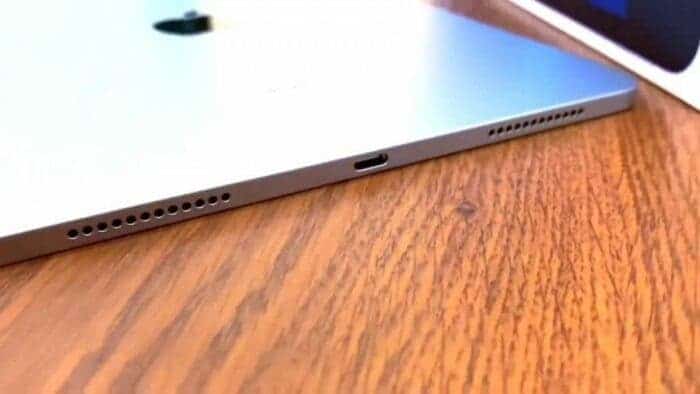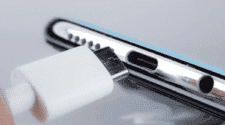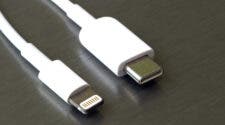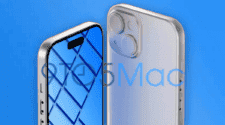There have been several reports regarding Apple’s use of a USB Type-C interface in recent times. The company has been under pressure, especially in Europe. Recent reports claim that Apple is currently testing the USB Type-C interface on an iPhone. However, we will not use an iPhone with a USB Type-C port until at least 2023. This means that the iPhone 15 will unveil the USB Type-C port. Nevertheless, it appears that the iPhone will not be the only device swapping to the USB Type-C interface. The latest report claims that other series of products in addition to the iPhone and iPad will also use the USB Type-C interface.
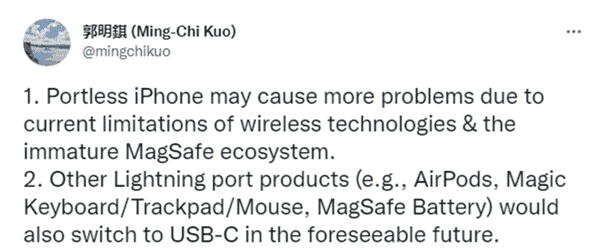
This does require a lot of courage. After all, the authorization of optical interfaces can make them earn billions of dollars every year. Well-known analyst, Ming-Chi Kuo said that not only the iPhone 15, but other Apple peripherals in the future will use the interface. This includes AirPods, MagSafe external batteries, and Magic Keyboard/mouse/board. These devices will upgrade from the Lightning port to the USB Type-C port.
At present, because of the limitation of wireless technology, it is impossible to realize the iPhone without an interface. At the same time, the MagSafe ecosystem is not mature enough. This is one of the reasons why Apple chose to upgrade its entire line of products to the USB Type-C interface.
Before that, Ming-Chi Kuo said that Apple will upgrade the iPhone 15 series released in 2023 to a USB-C interface. At least one iPhone 15 will have a USB Type-C interface, which is naturally the Pro series. Of course, the possibility of upgrading the entire iPhone 15 series to a USB Type-C interface is also very high.
Apple is facing pressure from Europe
According to market analysis, the most important reason for Apple to make this change is to deal with EU legislation. In September last year, a legislative proposal submitted by the European Commission showed that the Type-C interface would become a unified standard interface for all smartphones, tablets, cameras, headphones, portable speakers and handheld electronic game consoles.
The EU believes that there are more and more electronic devices, but the chargers are not universal, which not only burdens consumers with higher costs but also generates more electronic device waste.
Although the iPhone still uses the Lightning port, a large number of products such as MacBook and iPad have switched to USB-C, and support Thunderbolt 3 and even Thunderbolt 4. The latter not only has a very high transmission rate but also is compatible with fast charging and DP signals video output.

